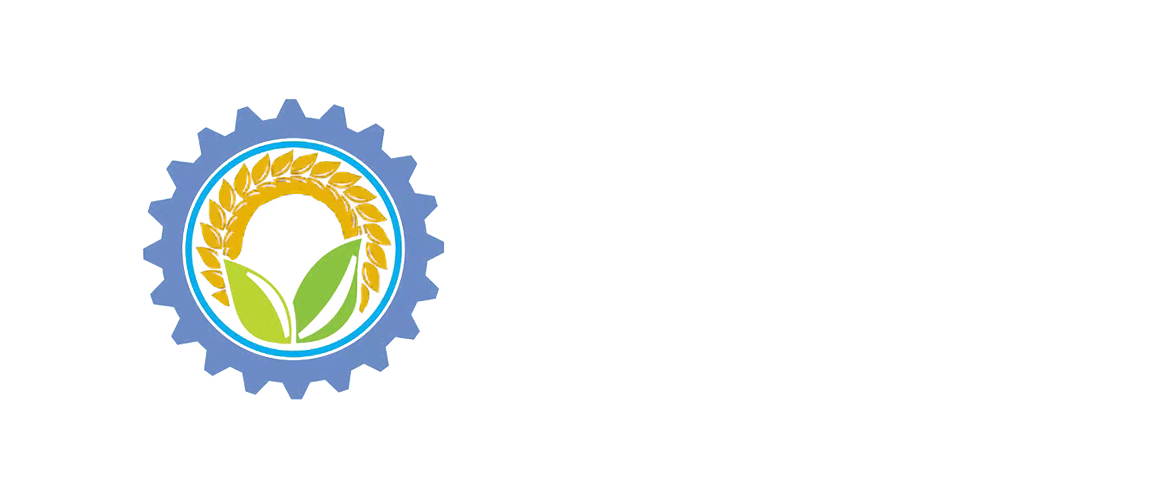
Choosing the right seed wheel is crucial to the effectiveness of a push vegetable seeder, especially when the number of rows is different. The choice of seed wheel directly affects the uniformity of seeding, the amount of seed placed, and the depth of seeding. Here are some key points to choosing a seed wheel that suits your needs:
Matching the number of rows with the seed wheel
Single-row seeder: Smaller seed wheels are usually used because only one row of seeds needs to be placed at a time. The hole diameter and number of seeds in the seed wheel are relatively small, which is suitable for densely sown vegetables such as spinach, radish, etc.
Multi-row seeder: Multi-row seeders require larger or multiple seed wheels to sow multiple rows of crops at the same time. The diameter and hole diameter of the seed wheel are larger, and it can handle more seed types. Suitable for crops that require larger spacing, such as corn, beans, etc.
Seed wheel size
The hole diameter of the seed wheel should match the size of the seed. Larger seeds (such as corn, beans) require larger hole diameters, while smaller seeds (such as radishes, carrots) require smaller hole diameters. The right seed wheel ensures that the seeds will not be blocked or spread too much.
Seeding amount and seeding distance
Different crops have different seeding amounts and plant spacings, and the density of the seed wheel holes also needs to be adjusted according to demand. When densely planted, the number of seed wheel holes is more; for sparsely planted crops, the number of seed wheel holes is less.
Some seeders also provide adjustable seed wheels, which can control the number and spacing of seeds released by changing the rotation speed of the seed wheel or the number of holes on the seed wheel.
Terrain and crop types
Flat land seeding: On flat ground, the seeding machine has relatively few requirements for seed wheels, and standard seed wheels can meet the seeding needs.
Hillary land seeding: If the terrain is uneven, it is necessary to consider using seed wheels that are adapted to different terrains to ensure uniformity and stability of seed placement.
Material and durability
The material of the seed wheel determines its durability and service life. Common seed wheel materials include plastic and metal. Plastic seed wheels are light but less durable, while metal seed wheels are more suitable for long-term use, especially under hard soil or high-intensity use conditions.
Are there multiple seed wheels to choose from?
If the planter can be equipped with multiple types of seed wheels, users should select and replace them according to specific crop requirements, seeding spacing and land conditions.
By considering factors such as the number of seeding rows, seed size, seeding density and crop type, choosing the right seed wheel can significantly improve the planter’s operating efficiency and seeding results. If you are unsure of the best choice, it is recommended to consult the planter’s manufacturer or refer to the product manual for precise adjustments.
